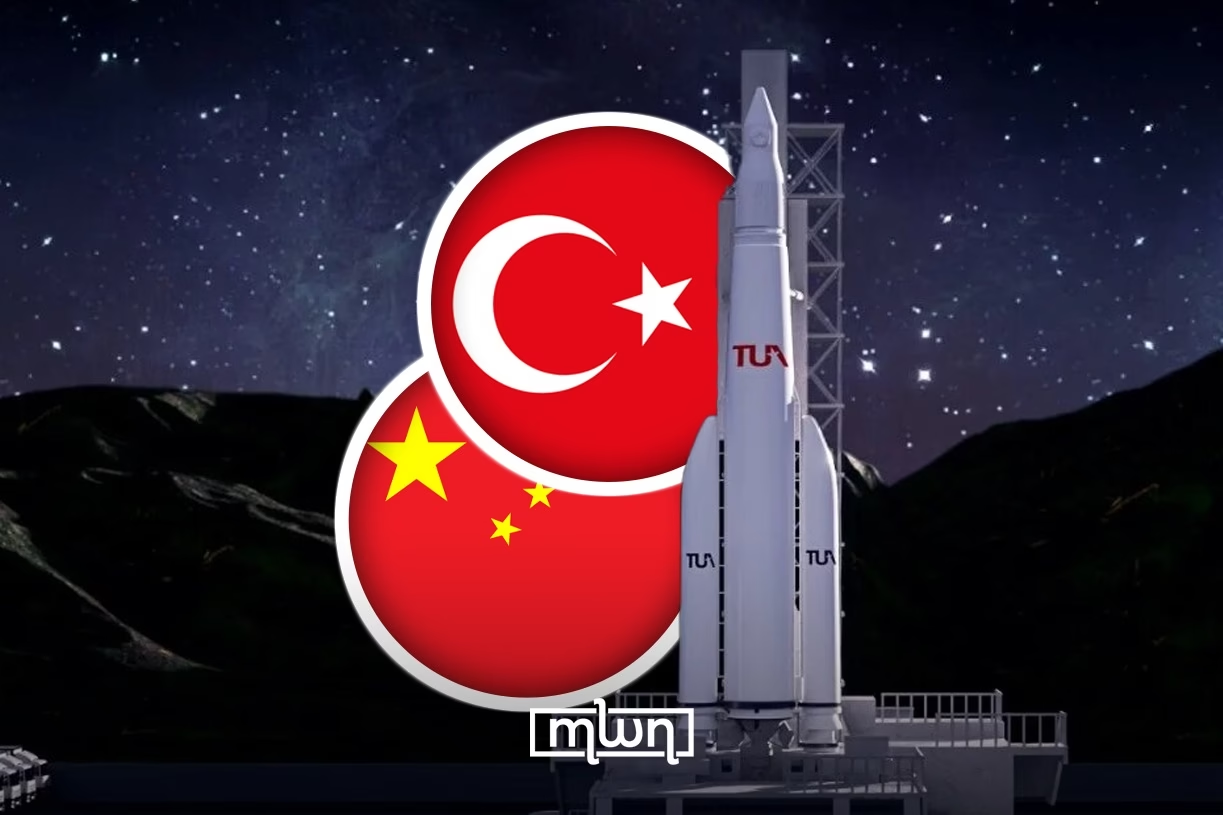Fez – Turkey is stepping further into the global space race with an audacious new venture: the deployment of two miniature autonomous spacecraft to the Moon’s south pole as part of China’s Chang’e-8 mission, scheduled for launch in 2028.
The project, led by Ankara’s Middle East Technical University in collaboration with Zhejiang University and Chinese private space-tech company “Star Vision,” marks the first time Turkey will place its own vehicles on the lunar surface.
If successful, Ankara will become the world’s sixth nation to achieve a soft lunar landing and the first to operate two self-driving rovers simultaneously on the Moon.
The Turkish rovers, nicknamed “ÇERI,” an acronym for “Smart Exploration Robots for Harsh Environments,” may weigh under 5kg each but are engineered to withstand the Moon’s brutal extremes, from razor-sharp temperature shifts to excessive radiation.
Equipped with state-of-the-art artificial intelligence systems, these robots will manoeuvre independently across the jagged lunar terrain, choosing paths and conducting operations without human intervention.
Once deployed from the Chinese lander, the twin explorers will work as a coordinated team.
One rover will scout the path ahead and survey the landscape, while the second will carry out high-precision scientific tasks: building detailed 3D maps, measuring radiation and temperature levels, and analyzing soil composition in one of the least explored regions of the Moon, the south pole.
A distinctive feature of the mission is its two-step landing sequence. Engineers plan to release the first rover and allow it to beam back video footage of the second rover’s landing 24 hours later, offering space scientists a rare real-time visual documentation of a lunar touchdown.
Space analyst Asad Kırman says the innovative “two-rover teamwork model” is what truly sets this mission apart. Traditional missions usually rely on a single rover.
By splitting the workload between two smart robots capable of constant communication and coordination, Turkey and China aim to boost flexibility, reduce risk and sharply increase scientific output.
Turkey’s 2028 ambitious vision
The lunar push is part of Turkey’s broader strategic vision to become a serious regional and global player in advanced space technologies.
Since establishing the Turkish Space Agency in 2018, Ankara has launched several ambitious initiatives, including its “National Space Program” announced in 2021, which aims to land a domestic spacecraft on the Moon by 2028.
While that mission has faced delays due to technical and diplomatic considerations, Turkey has deliberately pivoted toward deeper cooperation on China-led space projects.
Notably, it is also seeking to join the Russian-Chinese International Lunar Research Station, a move that shows Ankara’s willingness to expand its partnerships well beyond its traditional NATO orbit.
Chinese partners are playing an equally instrumental role in the 2028 rover mission. “Star Vision” is providing radiation-resistant AI computing modules, while Zhejiang University is handling control and engineering systems.
Turkey’s primary responsibility lies in developing the precision robotic technologies and autonomous navigation systems that will power the rovers throughout their lunar expedition.
Dr. Büşra Deniz, a Turkish expert in space communications, argues that China’s more flexible technology-transfer policies create rare opportunities for emerging nations to genuinely develop domestic space capabilities, rather than simply purchasing services.
She believes Turkey’s challenge now is to transform this symbolic milestone into a sustainable, home-grown space ecosystem.
With its twin robotic pioneers, Turkey is no longer content merely watching others reach for the Moon. This time, it’s hitching a ride, and bringing double the ambition.














